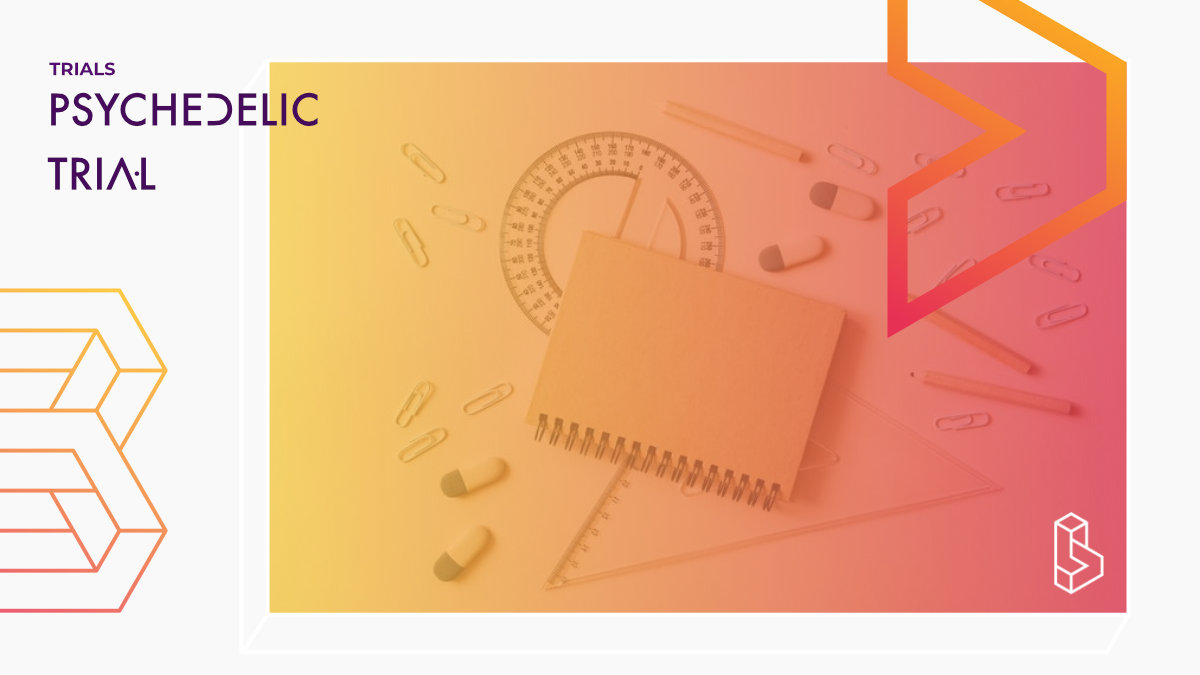Lysergic acid diethylamide (LSD) is a classic serotonergic psychedelic acting on the serotonin 5-HT2A receptor. LSD is used recreationally and in psychiatric research. First studies suggest efficacy in psychiatric disorders, such as depression and anxiety. SSRIs like paroxetine are first-line treatments for depression and anxiety disorders. Paroxetine acts as a serotonin transporter (SERT) inhibitor.
However, the link between this mechanism and its positive effects on mood remains to be established. Several studies suggest a possible downregulation of postsynaptic serotonin (5-HT) receptors such as the 5-HT2A receptor. The aim of the study is to assess whether SERT inhibition reduces expression of the gene coding for the 5-HT2A receptor and the response to LSD.
Trial Details
Trial Number
Sponsors & Collaborators
University of BaselThe University of Basel Department of Biomedicine hosts the Liechti Lab research group, headed by Matthias Liechti.
Papers
Acute Effects and Pharmacokinetics of LSD after Paroxetine or Placebo Pre-Administration in a Randomized, Double-Blind, Cross-Over Phase I TrialThis randomized, double-blind, cross-over study (n=23) investigates LSD (100μg) effects after daily paroxetine (SSRI) or placebo administration in healthy participants. It finds paroxetine reduced negative LSD effects ("bad drug effect," "anxiety," "nausea") while maintaining pleasant effects, and caused higher LSD concentrations (1.4-1.5x) due to CYP2D6 inhibition, suggesting no LSD dose adjustment is needed when combined with CYP2D6-inhibiting SSRIs.
Measures Used
5-Dimensional Altered States of Consciousness QuestionnaireThe 5D-ASC scale measures altered states of consciousness and contains 94 items (visual analog scales).
Visual Analogue Scale
The Visual Analogue Scale (VAS) is widely used to measure pain. A patient is asked to indicate their perceived pain intensity (most commonly) along a 100 mm horizontal line, and this rating is then measured from the left edge (=VAS score).

